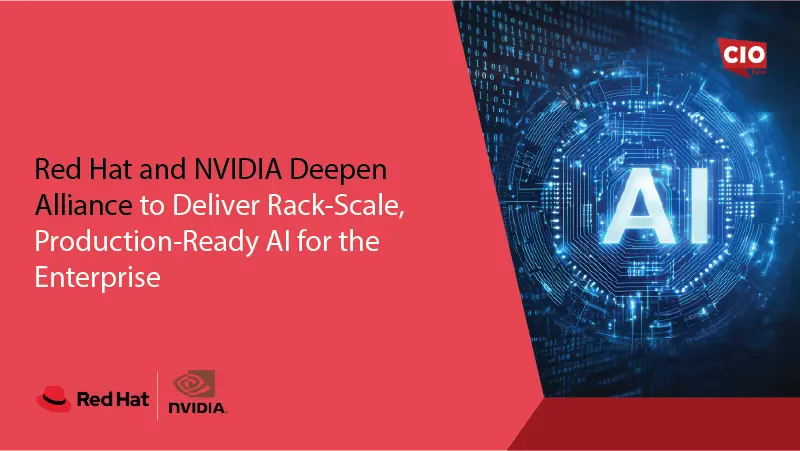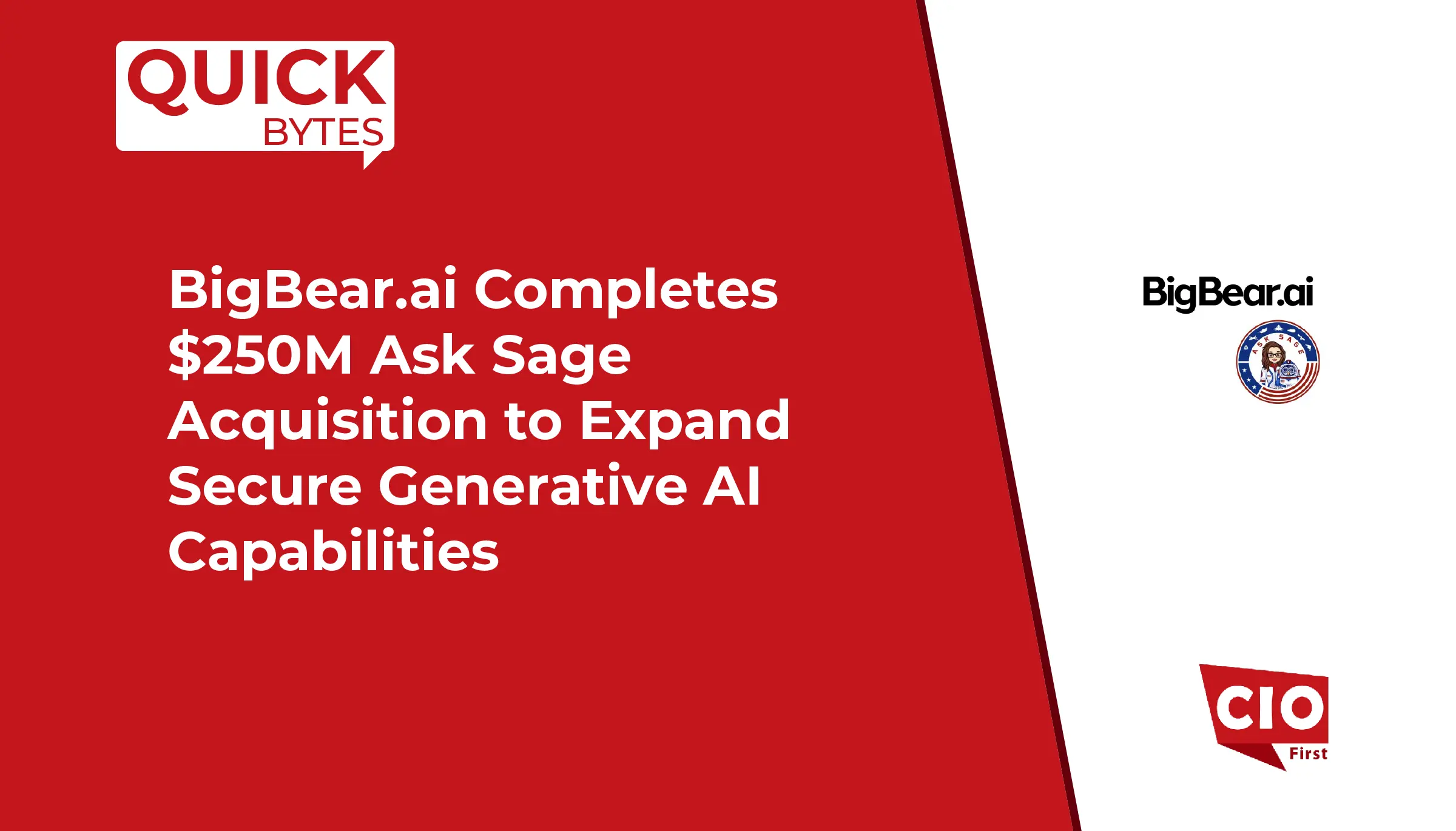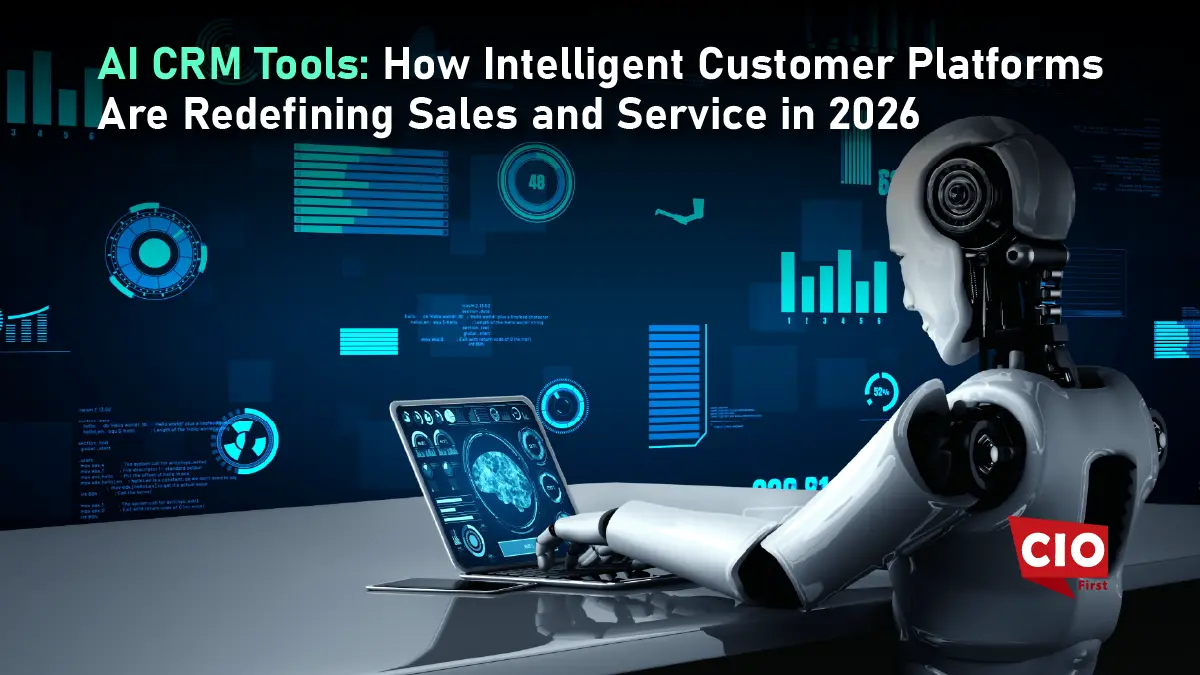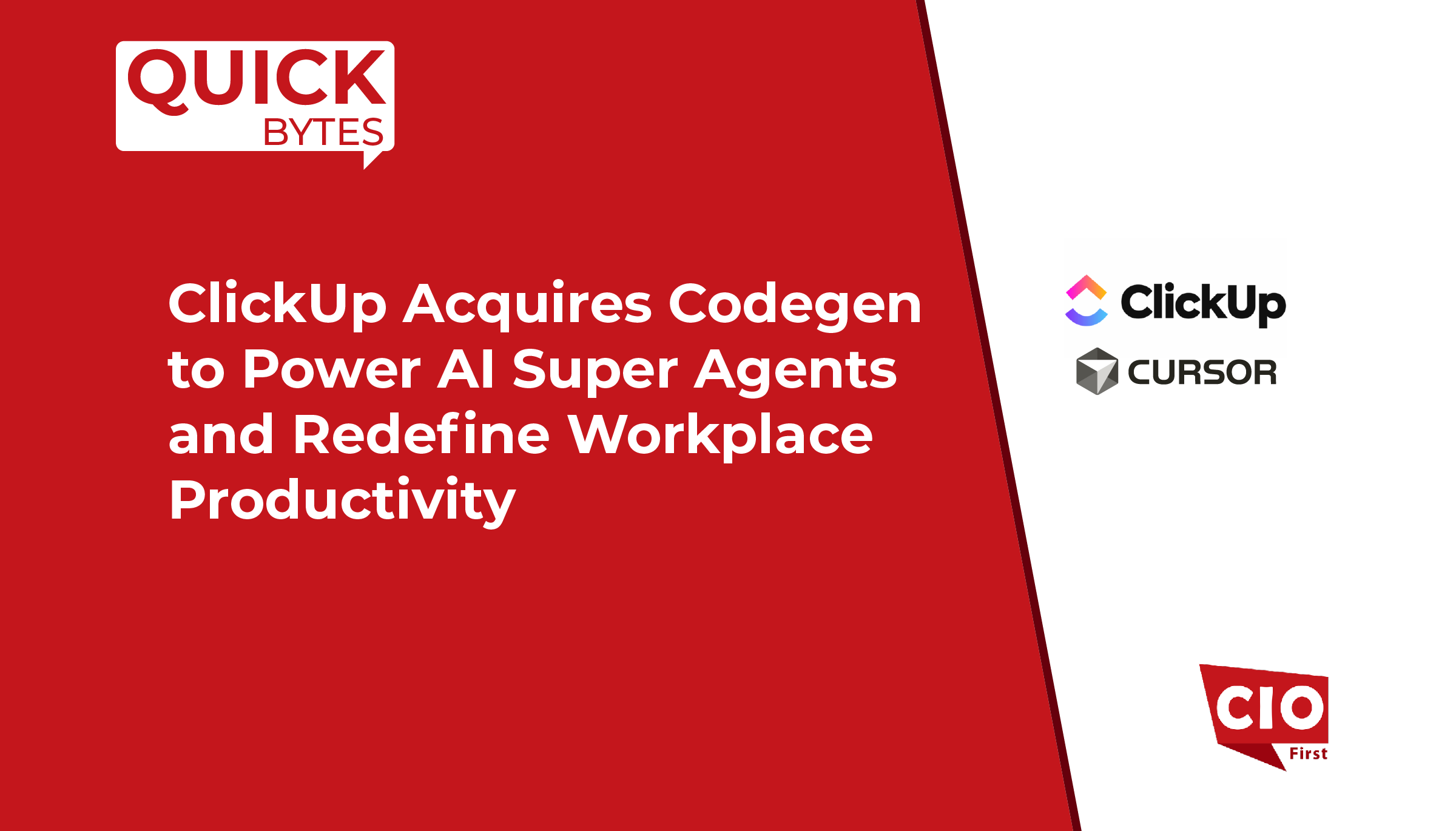The data mesh approach focuses more on a distributed group of teams that will manage the data as needed, in contrast to data fabric. It advocates for “decentralized data ownership.”
Organizations face enormous challenges as a result of the data flood borne from the digital era. Global leaders believe that businesses that master the proper collection and use of data through analysis will be in a dominant position. However, people frequently underestimate the technical difficulties in integrating and analyzing data recorded in various locations and formats throughout the company. This has sparked a technological trend that all businesses must understand and effectively utilize in the coming years: stitching data together using data fabrics and data mesh.
Stitching data together
Since the beginning of the pandemic, an increasing number of people have been spending more time on the internet for work, personal requirements, and pleasure. This has the inevitable result that massive amounts of data are constantly being produced. Businesses also added many new applications for simple access to their services and micro services, many of which are built on the cloud, as customers began utilizing more services online. More applications are being developed for all industries, especially the financial services sector. As a result, the amount of consumer data being produced has increased dramatically. How data is used will change as it is generated and made more readily available.
Organizations used to build their technology systems with one core application and, at most, a few auxiliary ones. Twenty different applications currently use the core itself. Putting the data from all of those applications together is becoming difficult. The complexity has increased with the rise of the cloud. Many new capabilities needed to operate a business or provide particular customer services are now offered as custom cloud solutions.
This means that organizations must combine dozens of applications, some in edge computing, some in the cloud, and some on-premises core systems. Connectivity is crucial for analytical purposes and even for simple operations.
Also Read: Three Critical Edge Computing Security Concerns CIOs Should Prioritize in 2022
How data mesh architecture helps enterprises
Data fabric or mesh architecture is a way to build links between all the services and micro services of an enterprise. It stitches together the data from different applications and makes it consumption ready as far as the organization is concerned. Data expertise thus extends beyond the IT division to business units, internal processes, and client relationships. The data required to enhance decision-making and workflows will be managed, regularly accessed, and used by employees across the organization. A trusted data mesh is needed to combine all information at a higher level with multiple data fabrics so the organization can use it.
Data fabric and data mesh both serve similar purposes but take different approaches. The data mesh approach focuses more on a distributed group of teams that will manage the data as needed, in contrast to data fabric, which builds a single layer of virtual management on top of the data storage that houses distributed data. It advocates for “decentralized data ownership.”
Implementing Data Fabric
Data fabrics should be used in place of legacy data management frameworks developed during the era of core, on-premise IT systems as applications and the amount of data generated daily grow. A data fabric that links the old core data systems with the new applications is another strategy many organizations adopt. Data fabrics and data meshes will replace traditional data management techniques in all major corporations over the next five years.
Since the start of the pandemic, there has been a sharp increase in people using the internet for various personal and professional reasons. As a result, more data are being generated, making it harder to connect the data across different applications. Enterprise systems become significantly more effective when they have a data fabric or mesh architecture, which enables an intelligent layer of a centralized data ecosystem.

























